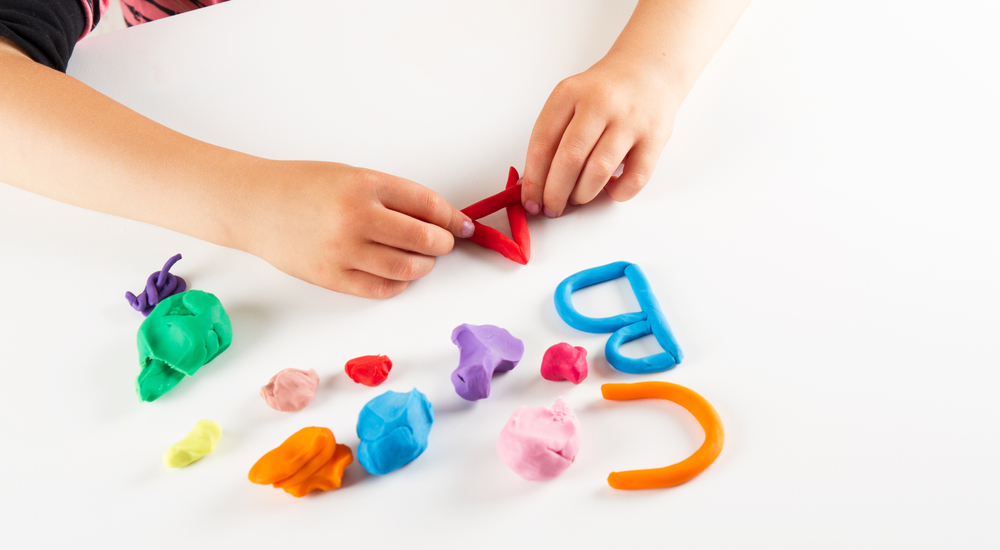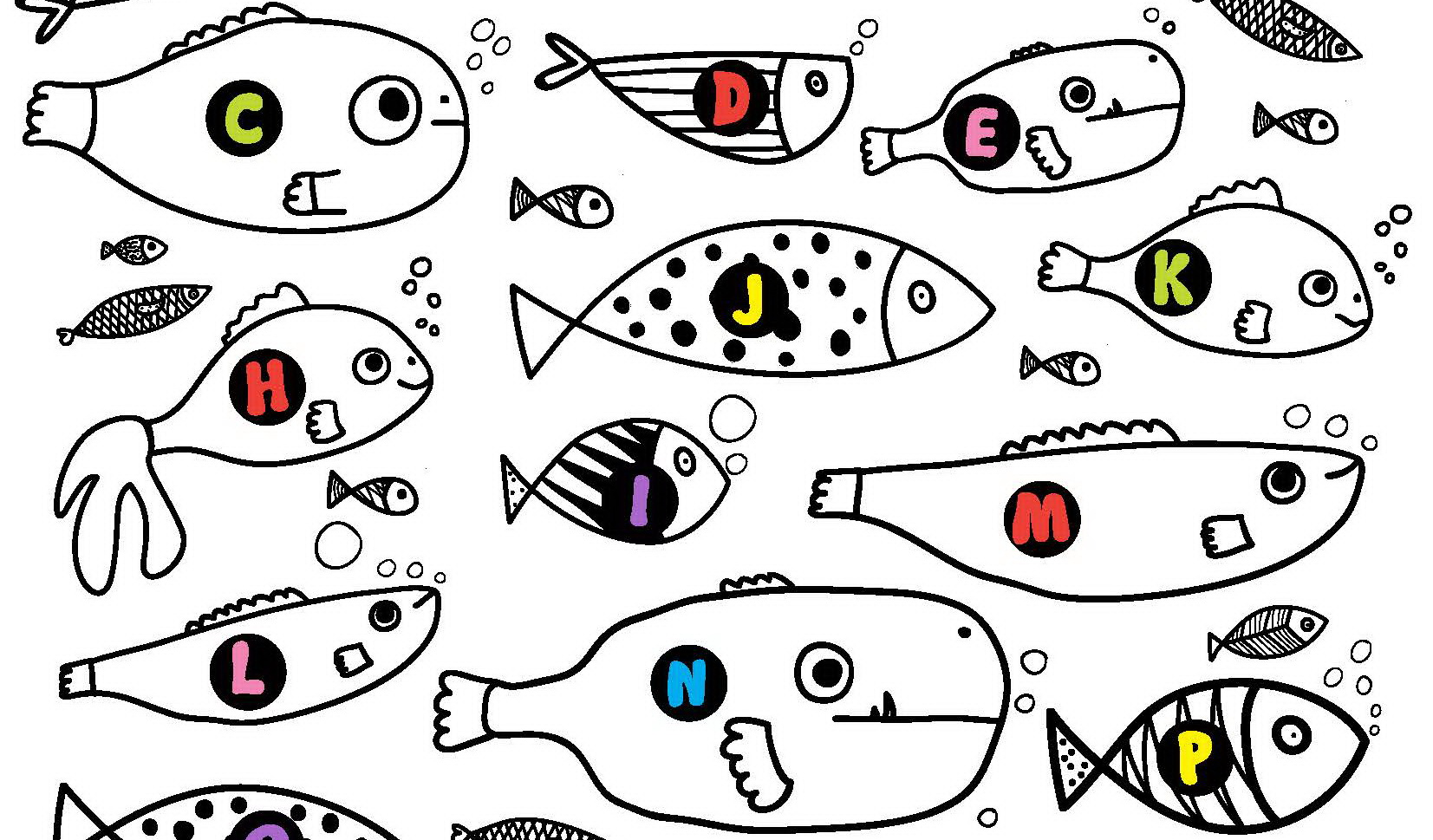Easy Addition and Subtraction Worksheets for Kindergarten
April 30, 2024
Believe it or not, children begin learning math as soon as they can recognize numbers and count, but kindergarten is where the magic really happens. Most 5-year-olds enter school already having learned to count basic objects, but they still lack the knowledge to truly understand how numbers work, or how to solve simple mathematic problems.
During this first critical school year, they learn the basics, such as counting groups of objects and counting forward and backward along a number line. When it comes to addition and subtraction, by the end of the year learners should master single digit addition, subtraction, and follow multi-step directions in word problems.

Of course, there are many more math milestones that await a kindergartener outside of addition and subtraction, but this topic is a key component to building a burgeoning sense of numeracy. Because addition and subtraction are so important, Kids Academy hosts a dedicated section on our site to those concepts.
Better yet, users can filter activities by difficulty to find the worksheets that are best suited to a child’s current skill level. So, for beginners we recommend choosing easy addition and subtraction worksheets for kindergarten to allow kids to enter the topic in a stress-free way and with a sense of achievable academic success.
If you’re not sure where to start, let’s explore addition and subtraction milestones that all early learners must master, along with helpful simple worksheets that they can use for practice.
Monumental Milestones in Addition and Subtraction
As toddlers and preschoolers, the youngest kids begin their mathematical learning journey by first learning to recognize numbers and by counting objects. Once they enter formal schooling, they progress through the following milestones:
Milestone 1. Counting forward and backwards on a number line
While toddlers can count the Cheerios on their highchair tray, grade schoolers learn that numbers exist on a continuum. Not only can we count forwards, but counting backwards is an important first step to understanding subtraction, which tends to be the more difficult concept to learn. A number line offers children a helpful visual that they could interact with to help them understand the abstract idea that numbers move forward as well as backwards.
On this worksheet, learners use the number lines provided as a tool to solve simple addition problems. The worksheet instructs students to start at the first number displayed in the problem and counting on to find the solution. By offering visual cues, such as the starting and ending numbers in bold and showing the pencil strokes it takes to count up the line, the worksheet itself guides kids through the process. With enough practice, children deepen their numeracy by connecting the counting they do on the number line to the math problems presented on the page.
Milestone 2. Counting groups of objects
To build fluency and mental math skills, recognizing and counting by groups of objects is imperative. Kindergarteners must be able to look at a group of objects and understand how many are in each group quickly. They can then add groups to solve simple addition and subtraction problems.
This easy worksheet asks kids to recognize bricks that are pictured in groups of eight. Exercises like this helps to forge a connection between counting and groups of objects. As they practice, children begin to recognize groups of objects without needing to count every item pictured. Once they can do so, they are ready to add and subtract using these images to strengthen their understanding of arithmetic.
Milestone 3. Single digit addition and subtraction
As their number sense grows, children must solve single digit addition problems. Pictures help them accomplish this task, as seen in the simple addition worksheet below:
The addition problems are shown as both written equations and using pictures of fish to add. Proving both types of problems strengthens a child’s budding sense of numeracy, while giving them an easy way to solve the equation if it is not yet intuitive to them.
In the subtraction worksheet, visual cues are given to help learners understand that when we subtract, objects are taken away. These are represented in the holiday lights worksheet as a slash through each item being subtracted.
Milestone 4. Determine whether to use addition or subtraction to solve word problems
Eventually, kindergarteners must solve word problems to prepare them for higher-level math problems and functions.
Word problems can prove tricky for learners as they utilize their reading comprehension skills to solve real-life problems. At first, easy worksheets, like the baseball addition exercise above, tell the learner which function to use. This worksheet also offers fingers on which to count to offer a helpful problem-solving clue.
Worksheets like the Lady Liberty Word Problems page offers written equations for more advanced learners to guide them as they solve challenging word problems.
By the end of their kindergarten year, students should be solving multi-step word problems using one- or two-digit addition and subtraction, which shows just how far they grow from learning the number line to solving equations! Keep in mind that the list above is not exhaustive, and children learn this and so much more in one short year of schooling!
To find all the worksheets pictured above, check out our collection of easy kindergarten worksheets on our website. Don’t forget to use our smart difficulty level filters to find the perfect resources tailored to meet your little learner’s unique needs!















